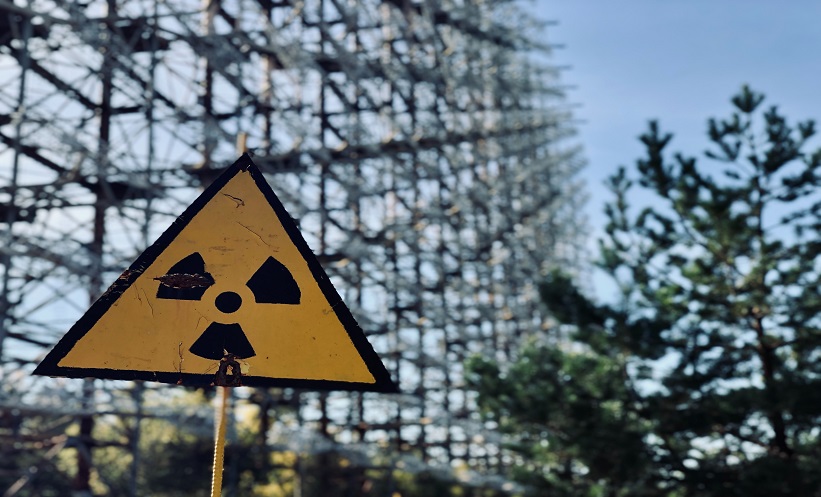LOWER radiation doses providing equal imaging quality have been developed in a new technique by researchers from University College London (UCL), London, UK. The new CT scan technique splits X-ray beams to improve image resolution and localisation at lower radiation doses.
Medical imaging accounts for a significant proportion of population-wide radiation exposure; in the USA, CT scans are believed to contribute to a quarter of all radiation exposure. In the UK, the National Health Service (NHS) performs 5 million CT scans each year while the USA performs >80 million annually. Techniques that reduce radiation doses will help to reduce cancer risk at population-wide levels.
The new technique studied by a group at UCL involved using a mask with tiny slits to split X-ray beams into smaller beamlets in a micro CT scanner. The sample for imaging was moved in a ‘cycloidal’ motion; the cycloidal motion combined rotation of the sample with a backwards and forwards movement to ensure the whole object was imaged.
The study found equal imaging quality at a lower radiation dose with the new CT technique. The smaller beamlets allowed for sharper resolution as the beamlet localised information with more precision. Prof Sandro Olivo, UCL Medical Physics and Biomedical Engineering, highlighted the value of the new technique: “This new method fixes two problems. It can be used to reduce the dose, but if deployed at the same dose it can increase the resolution of the image. This means that the sharpness of the image can be easily adjusted using masks with different-sized apertures, allowing greater flexibility and freeing the resolution from the constraints of the scanner’s hardware.”
Dr Charlotte Hagen, UCL Medical Physics and Biomedical Engineering, and UCL Advanced X-Ray Imaging Group, spoke of the research team’s hope for future benefits: “Being able to reduce the dose of a CT scan is a long-sought goal. Our technique opens new possibilities for medical research and we believe that it can be adjusted for use in medical scanners, helping to reduce a key source of radiation for people in many countries.”








